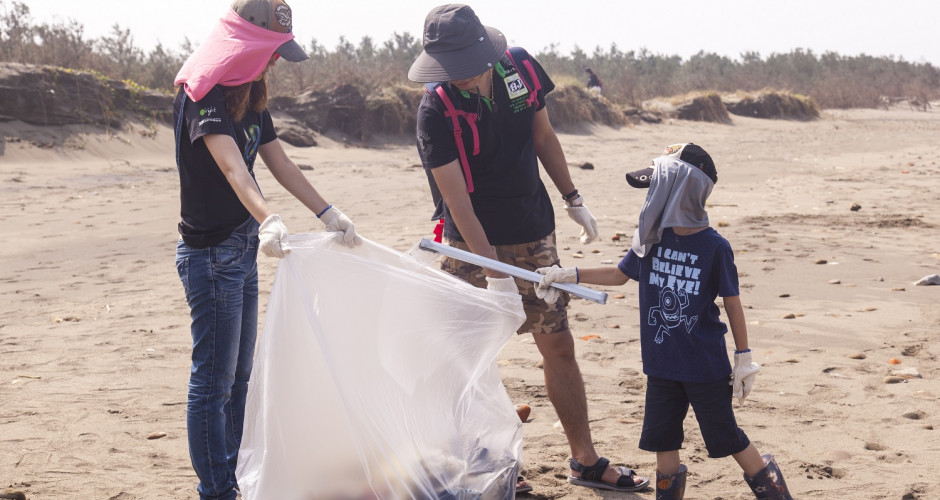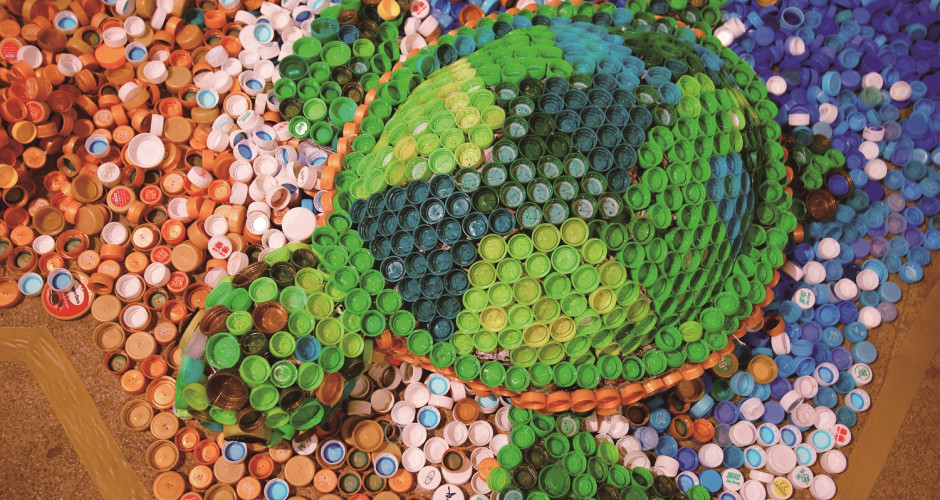From outer space, Earth is a beautiful planet covered in azure blue water. If, one day, the ocean is filled with trash, it will no longer be a clear blue color and the Earth will become a planet covered in trash, which is an image we cannot bear to see. Humans live on the Earth, enjoying resources the ocean gifts us with, so trash should not be what we give the ocean in return. Together we should protect the ocean and preserve its natural beauty.
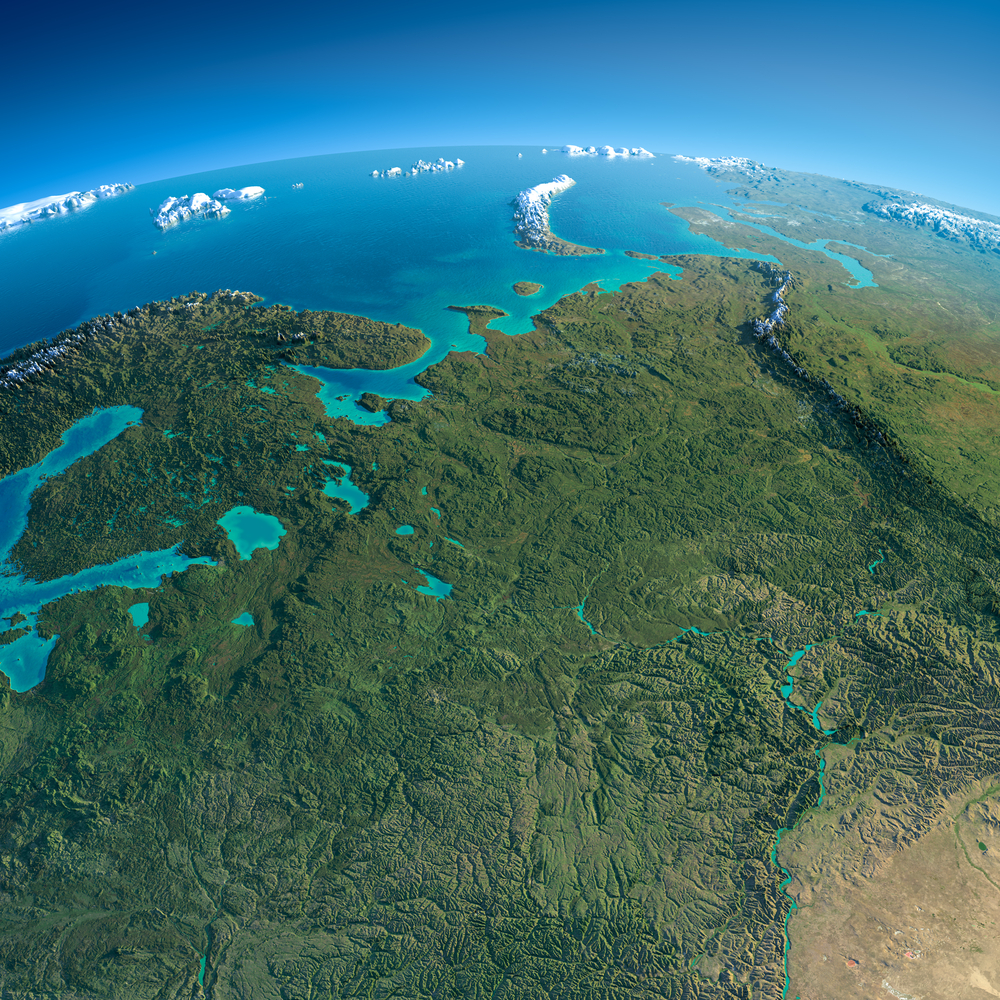
Since last century, the use of plastic materials has brought convenience to people’s lives, but it has also created a heavy burden on marine ecosystems. Plastics are non-biodegradable and also the largest amount of rubbish humans create. When all this trash is carelessly thrown away and flows into oceans and rivers and onto beaches along with ocean currents, we begin to realize the damage trash causes.
The Ocean: A Giant Garbage Patch
Perhaps you don’t know yet, but due to the way ocean currents flow, non-biodegradable waste in the ocean has become trash magnets across the Pacific Ocean, Atlantic Ocean, and Indian Ocean, attracting garbage from all over the world and becoming a giant garbage patch. There are currently 5 major garbage patches in the world’s 3 oceans, which double in size nearly every 10 years. The Pacific Ocean garbage patch is now 39 times the size of Taiwan.
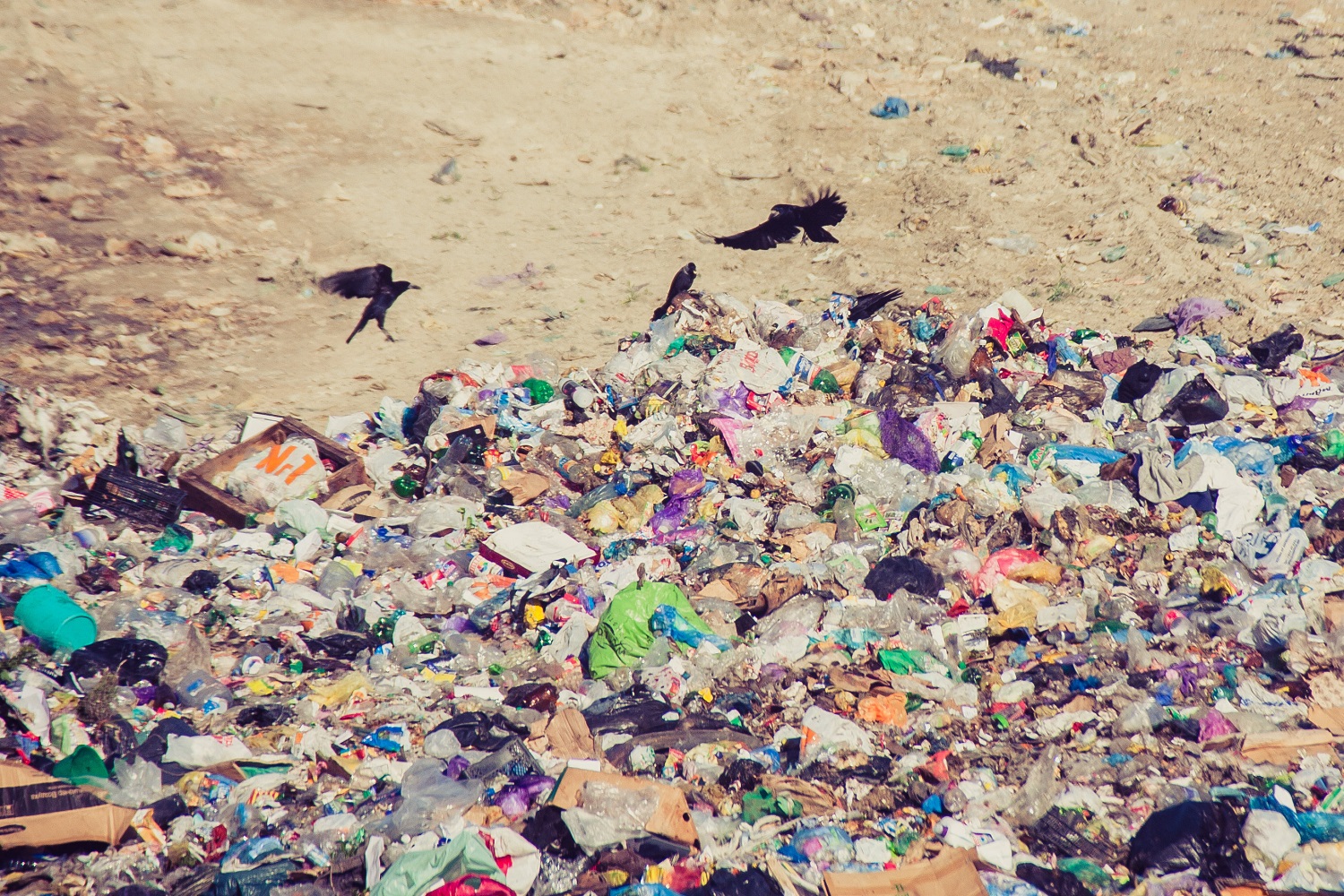
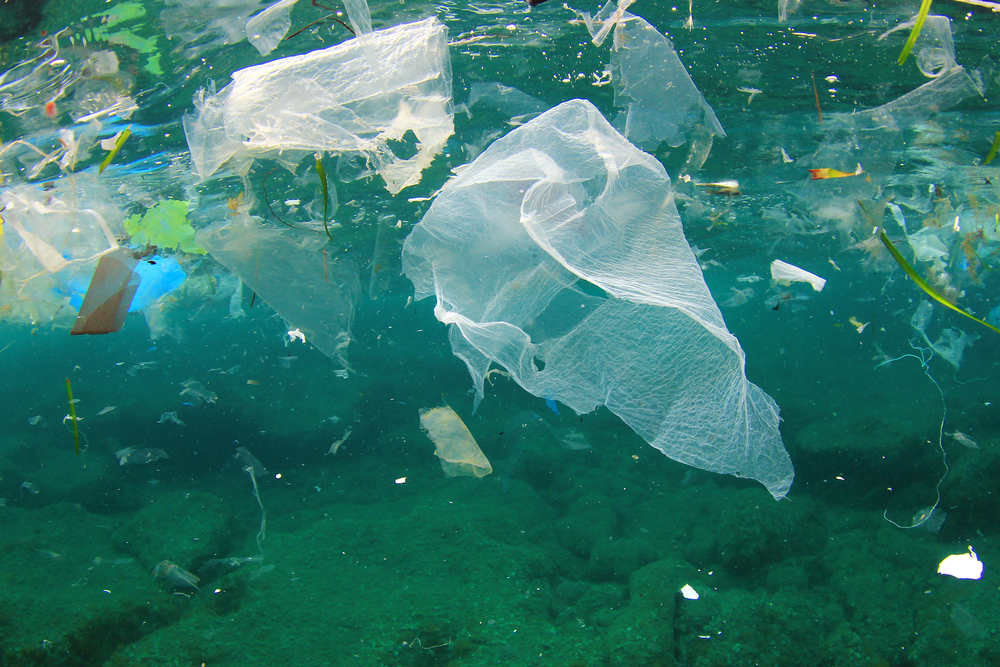
Just Because You Canʼt See It, It Doesnʼt Mean It Doesnʼt Exist
There is so much garbage floating around in the ocean…but where exactly are they coming from? It’s natural to generate a little garbage and throw them away in the rubbish bin every day. So you ask yourself, “How does all the trash we dispose of end up in the ocean?” The answer is that they don’t degrade easily and as time goes by they are too stubborn to leave and eventually make the Earth their home. Ocean trash is one of the most non-biodegradable garbage. People generate up to 300 million tons of plastic waste per day, waste that cannot be incinerated and mostly disposed of in landfill sites or dumps. However, these plastics are non-biodegradable, so in the event of heavy rainfall or rising water levels of rivers, plastic waste could be washed into the sea.
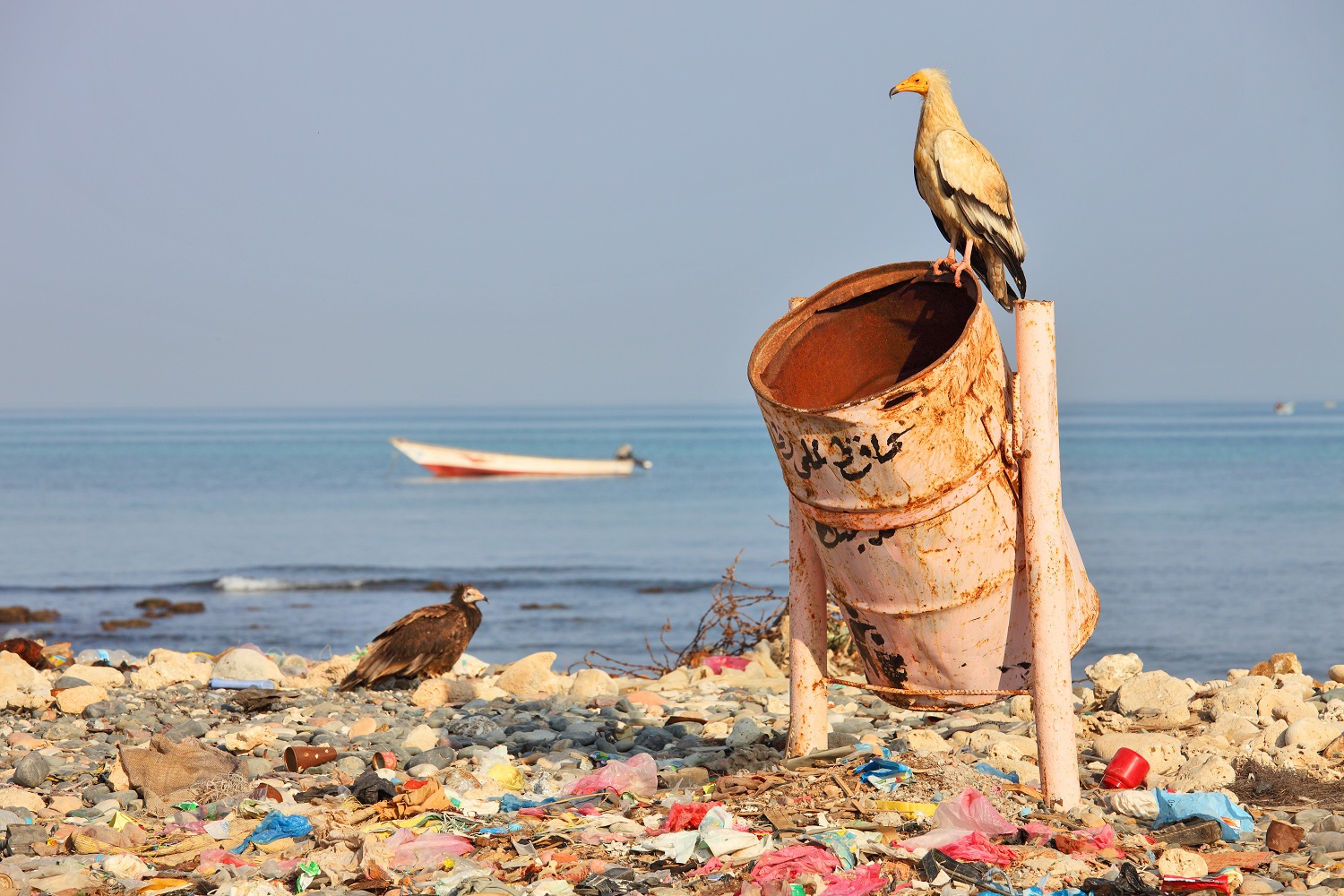
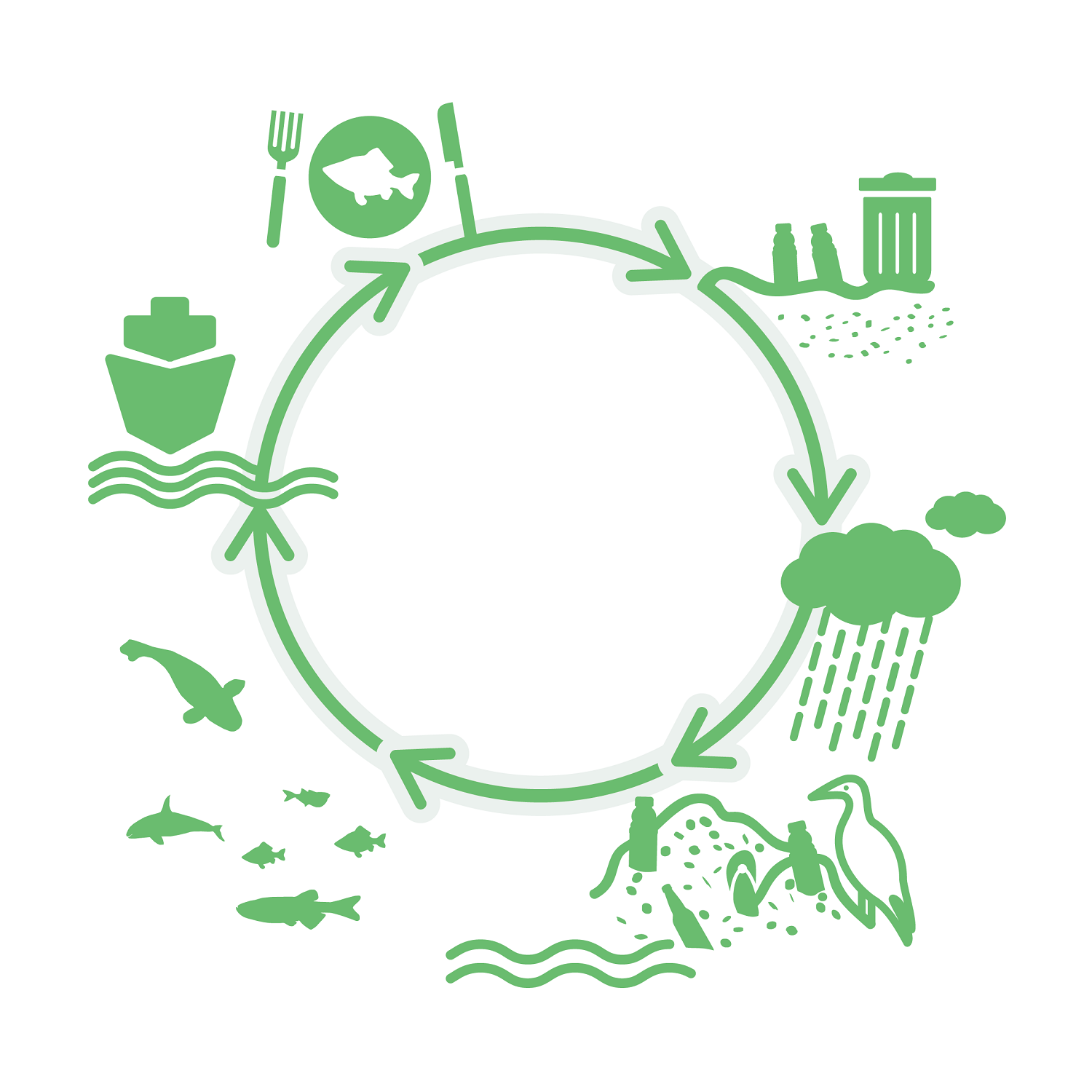
Ocean Trashʼs Final Journey Back Home
Now that you know how much trash there is in the ocean, what happens to them next? Due to time and environmental changes, plastic waste could be broken into small pieces of plastic, and these substances that are hard to see with the naked eye are easily consumed by marine animals. Aside from large plastic waste, plastic debris is another type of “invisible killer” that causes severe damage to the ocean.
Some plastic particles could even absorb chemical substances such as dioxin, so when marine organisms consume these particles, which enter the food chain, it will affect their physical functions. What’s worse, the concentration of these toxins increases when large fishes eat small fishes. Eventually, humans, being on the top of the food chain, are most likely to consume poisonous seafood, affecting our health. Ironically, the trash humans create still ends up making its way back to our bodies.
The Best Solution: Reduce Waste
Current technology has yet to eliminate all ocean litter. However, more and more countries have begun engaging in ocean cleanup activities in hopes of giving our ocean a clean home step by step. Nonetheless, the best way to solve this problem is to reduce waste, especially plastic products. All you need to do is to make sure you recycle properly in your daily life and try to avoid having non-biodegradable trash in the environment.
Let Us Become Guardians of the Ocean
As long as we are willing to reduce waste in our lives, we are giving our ocean the best protection ever. Here we share a few tips to reduce waste and let us become guardians of the ocean together.
- Bring your own shopping bags and say no to plastic bags.
- Do not purchase products with over-the-top packaging and choose products in bigger sizes.
- Buy in bulk instead of buying things one at a time; buy everything you need all at once at a supermarket or hypermarket with your family
- Do not drink bottled and canned drinks
- Bring your own tableware, lunch box, and water bottle when dining in restaurants.
- Do not use plastic food wrap and use containers with attached lids instead; store food in the fridge.
- Use used glass bottles as a vase or basin.
- Use handkerchiefs and cloths as a supplement for paper towels.
- Use rechargeable batteries instead of normal batteries for repetitive use and to reduce waste.
- Do not use polystyrene foam products
- Replace chemical products with biodegradable goods.
The Most Important Thing in Life
In 1961, Yuri Gagarin, a Russian Soviet cosmonaut, became the first man to travel into outer space by completing an orbit of the Earth. Yuri wrote down in words about his journey to space: “Orbiting Earth in the spaceship, I saw how beautiful our planet is. People, let us preserve and increase this beauty, not destroy it!”
It takes just an instant to destroy the marine environment, but an extremely long time to bring it back to its original beauty. The ocean is a beautiful, natural landscape we should cherish. We can all start by reducing waste and make it the most important thing in our lives.
According to a study by National Geographic Magazine, 4.8 to 12.7 million tons of plastic waste flows into the ocean every year, meaning that in every 6 cm of every nationʼs coastline around the globe you will find one bag of plastic trash. Although we donʼt exactly see these trash normally, but they do exist and they are killing the natural environment as we speak.
Reference
Ocean Garbage Patch
Recycling, Environmental Protection Bureau, Taichung City
Whereabouts of Over 100-Year-Old Trash! The Distribution, Cause, and Environmental Effect of Ocean Garbage Patches

